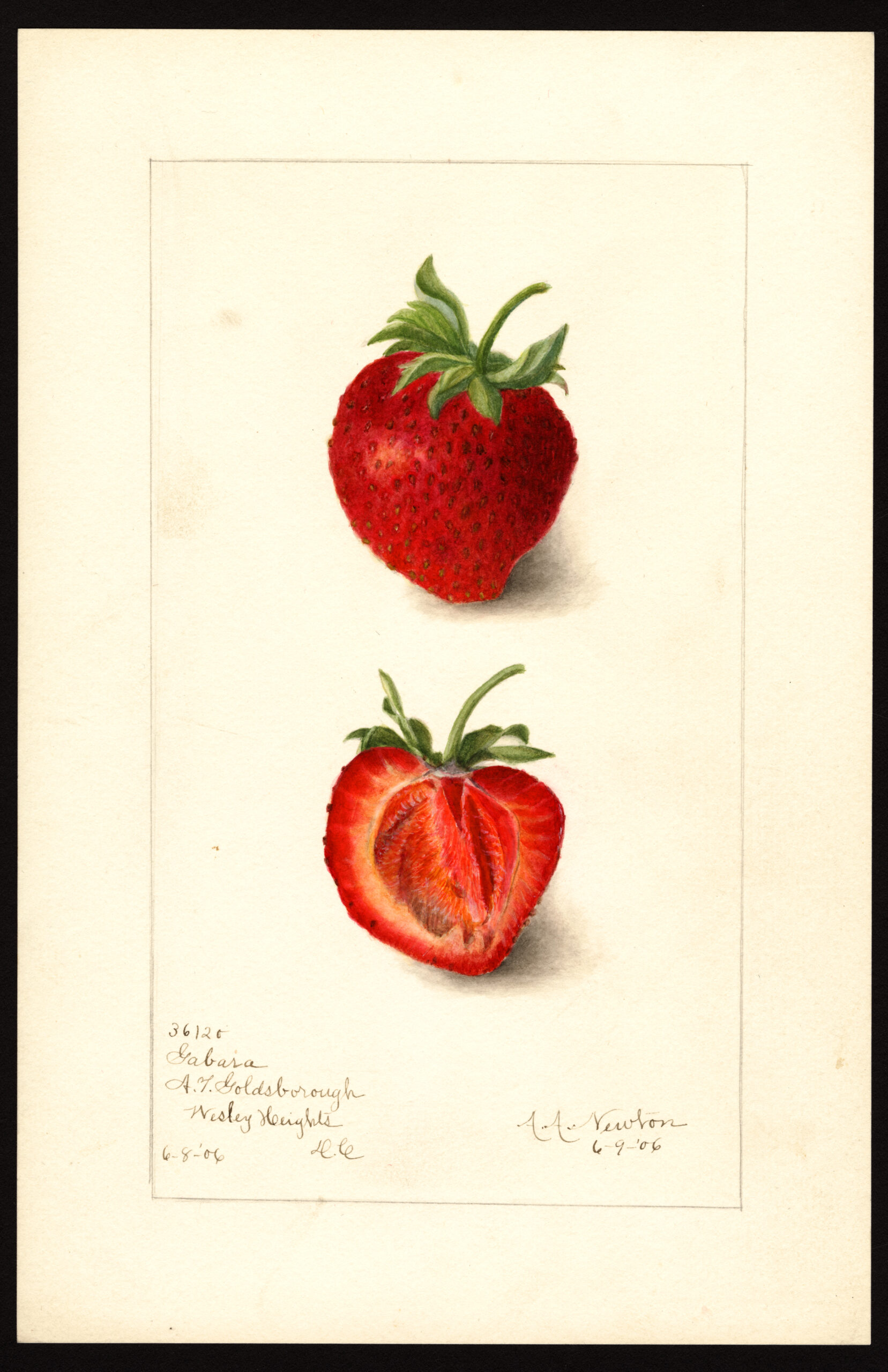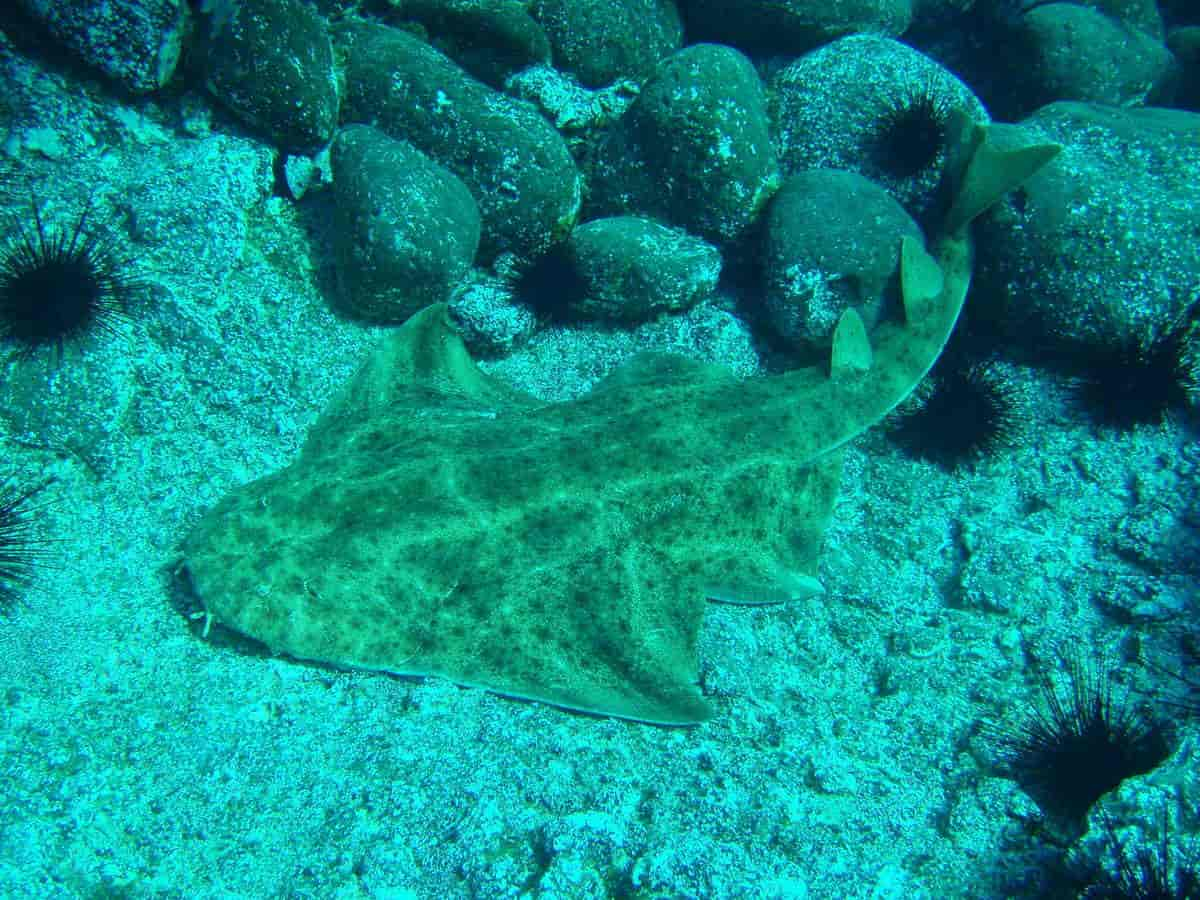Best of the internet - December (naturalist edition)

In 1886, the US government commissioned women to make 7,497 watercolor paintings of every known fruit in the world. Really cool to see a career I could have had, even as a woman, in 1886. I mean, getting paid to make hyperrealistic illustrations for scientific purposes? Art is already my hobby, doing it as a career is a beautiful dream.
As a child I used to fantasize about being a naturalist --- getting to look at weird plants and animals AND make beautiful illustrations of them AND further the frontier of scientific knowledge. But now we have photography and such illustrations are no longer scientifically valuable. Sigh…

The fifteenth century fad of giving birds people names. I thought this was a cute little article about how certain bird species (robins especially) were closely associated with certain human names in 15th-century Britain. It reminds me of the Beatrix Potter stories, with Peter Rabbit and the mother cat Tabatha Twitchett, keeping track of mischievous little Tom Kitten. I suppose "tomcat" is another example of an animal being associated with a human name.
She also had a fun little character, Babbitty Bumble, which is really a mouthful but it's a charming enough name for a bumblebee. I always loved the idyllic worlds she painted, they were some of my favorite books as a child.
An online compendium of lavish illustrations by 19th-century naturalists.
I feel so lucky to have stumbled upon this resource. Digitized by Nicholas Rougeux, a fellow Midwesterner (!), he has digitized the entire works of Elizabeth Twining, a botanist; John Gould, who studied hummingbirds; and James Sowerby, who studied mineralogy.Plants
Hummingbirds
Mineralogy
Article about two forgotten sisters, the entomologist Margaretta Hare Morris and botanist Elizabeth Carrington Morris, who transformed early American science. Two female scientists who were awesome in their own right, and deserve more recognition! Margaretta eventually was successfully elected to the American Association for the Advancement of Science, and was cited by a prominent Harvard zoologist. :)
While we're on the subject, a little plug for a forum called iNaturalist, which is like Wikipedia but for identifying species. Being a naturalist isn't (completely) dead! This is a citizen-science project used by biologists and amateur scientists alike around the world to record and categorize plant, animal, and fungus species. Simply upload a picture you've taken, input the location and day it was taken (to provide context for the species' natural habitat) and iNaturalist will use AI to identify a few species that it resembles. Then, other users will either verify your post or suggest a new classification for what species it might be. I find it really cool, and it's fun for me to learn what the different species I see around me are.

Some positive news from conservationists. An encouraging article about an artificial beach in the Canary Islands, which has actually helped provide a habitat for endangered angelsharks. Great to hear news about interaction between tourists and endangered species actually being positive for once! Quote from the article: "after the breakwater was built and the sand arrived, people followed, and in the calm, shallow waters they began to see baby angelsharks. And unlike how many an association between humans and wildlife ends—in conflict and dead animals—this time it led to conservation."